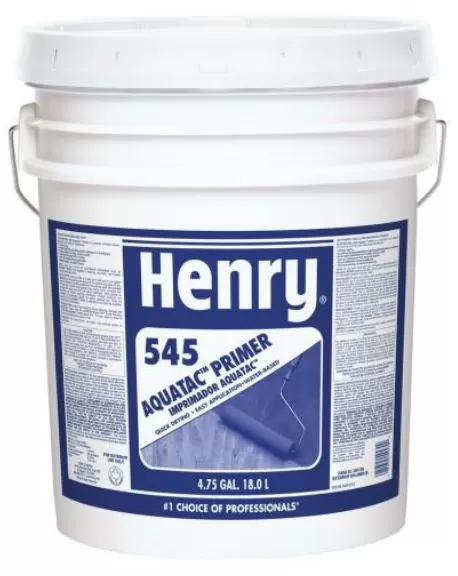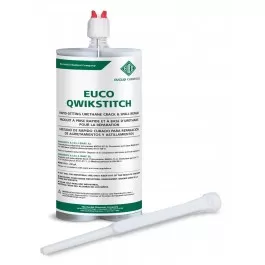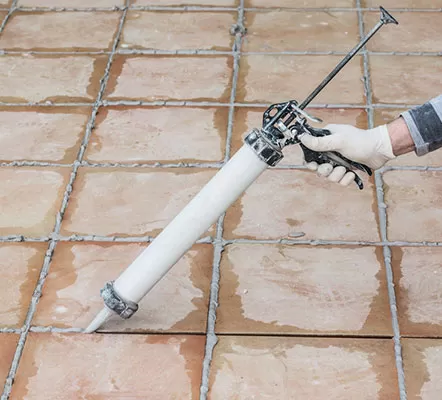Blog, Waterproofing Solutions
Grout Vs. Silicone For Bathroom Waterproofing
When it comes to waterproofing your bathroom, you have several options. Whether it’s grout or silicone, both of these materials will help protect your bathroom from water damage and mold growth, but each material has its own unique set of pros and cons that can make it the better choice over the other one in certain situations. It’s important to consider all of these aspects before deciding on the best option for your bathroom waterproofing project.
Let’s break down what you need to know about grout vs silicone waterproofing so that you can decide which method will work best for your situation.
What Is Grout?
Grout is a smooth, fine-grained, porous material used to seal joints in tile floors and walls. There are many different types of grouts available, and they are often made from varying materials such as sand, cement, or polymers (plastic). While still a functional choice for waterproofing tile joints, grout’s porous nature can lead to early deterioration, especially if it’s applied improperly or if your tile has been improperly installed. This brings us to silicone as an alternative.
What Is Silicone?
Silicone is a versatile material used in many applications, including adhesives, water-resistant coatings, sealants, medical equipment, potting compounds, and much more. Although it has its characteristics as a product, silicone can be thought of as an upgrade from traditional grouting materials to waterproof bathrooms. When properly applied by a professional, silicone can lock out water for years to come!
Grout – Pros And Cons
Grout for waterproofing is still a relatively new idea, but it’s something that will continue to gain popularity as more and more people see that it’s easier to maintain than silicone caulk. The process is easy: all you have to do is spread on your grout (which comes in black, white, or charcoal), allow it to dry, and then clean up any excess with a wet rag or sponge. As long as you don’t allow moisture in while it’s drying, you shouldn’t have any problems with color bleeding or staining. Once the grout has dried completely, you shouldn’t disturb it anymore—otherwise, your waterproof seal could break down over time.
Silicone – Pros And Cons
One of the most common ways to waterproof your bathroom or shower is to use silicone caulking or silicone adhesives like Pecora 898 NST 10.1oz Tube: Sanitary Silicone or GE Sanitary 1700 10.1oz Tube: Mildew Mold Resistant. These products can be used around tubs, showers, and bathtubs in both tile and ceramic installations with great success. Like grout, silicone creates a sturdy seal that can prevent water from penetrating and ruining walls; unlike grout, silicone does not have any porosity, which means it won’t need constant maintenance and cleaning as grouts do. Grouts need to be periodically cleaned because they will get dirty over time—especially in humid or moist environments—and when they become contaminated with dirt, they can’t create an effective waterproof seal any longer.
Final Thoughts
While there are many ways to waterproof a bathroom, grout is an alternative option you might not have considered before. Grout is both cheaper and easier to install than silicone (there’s no caulking required), but it may not be ideal for bathrooms that get a lot of moisture. In that case, go with silicone. Overall, though, grout and silicone will perform well on your bathroom—meaning they can keep water out while also protecting against mold and mildew growth in your shower or tub area.




